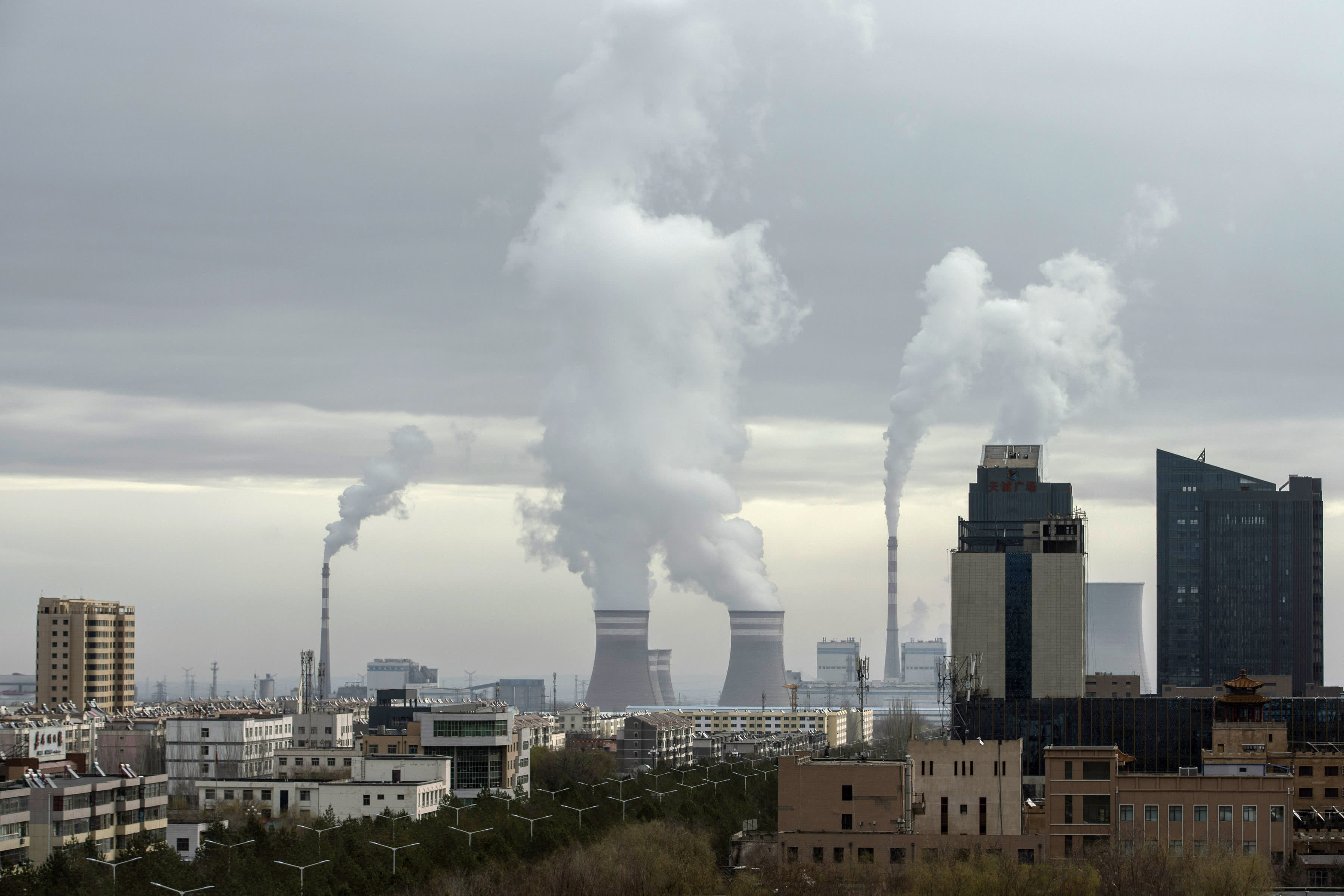BEIJING — China has ambitious goals for cutting its carbon emissions, but it won’t be abandoning coal power anytime soon as it keeps its eye firmly on economic targets.
President Xi Jinping said in September that the country’s carbon emissions would begin to decline by 2030, and he said the country will reach carbon neutrality by 2060 — in four decades.
In the meantime, policymakers are making clear that economic growth remains a top priority — and that growth depends largely on coal power. Beijing has a GDP target of 6% this year, a level which analysts say would allow authorities to tackle long-term problems such as the country’s high debt levels.
Many developing countries don’t even have electricity. In this situation, if you don’t use coal, what will you use?Li GaoChina ecology ministry, on Chinese funding of coal power outside China
“China’s energy structure is dominated by coal power. This is an objective reality,” said Su Wei, deputy secretary-general of the National Development and Reform Commission. CNBC translated his Mandarin-language comments, which he made late last week following Xi’s separate remarks at a U.S.-led global leaders climate summit.
“Because renewable energy (sources such as) wind and solar power are intermittent and unstable, we must rely on a stable power source,” Su said. “We have no other choice. For a period of time, we may need to use coal power as a point of flexible adjustment.”
He added that coal is readily available, while renewable energy needs to develop further in China.
Funding coal power outside China
Separately, on Tuesday, when asked by CNBC whether Beijing might follow South Korea in its pledge to stop public financing of coal-powered plants overseas, China’s ecology ministry indicated that China’s funding of coal power in the developing world will continue.
“China has supported some developing countries in the construction of coal-fired plants overseas,” Li Gao, director general of the ministry’s department of climate change, told reporters in Mandarin that CNBC translated. “China provides this support according to the local situation.”
“Many developing countries don’t even have electricity,” he said. “In this situation, if you don’t use coal, what will you use?”
According to the Boston University Global Development Policy Center, the China Development Bank and the Export-Import Bank of China together funded $474 million worth of coal-sector projects outside China in 2020 alone.
The same report indicated that China’s financing of energy projects beyond its borders has declined steadily since 2016, however.
Li said that coal accounted for 56.8% of China’s domestic energy generation in 2020, down from 72.4% 15 years ago. As of last year, China was the world’s heaviest emitter of carbon dioxide, according to the Union of Concerned Scientists, a non-profit founded at MIT. The United States was second, and India was third.
During last week’s climate summit, Xi called for international cooperation in reducing carbon emissions, adding that different countries should play different roles in that reduction. He did not identify any countries by name.
Xi said China would “strictly control coal-fired generation projects” and limit increases in coal consumption over the next five years. He said reductions would take place in the five years following that.
System ‘favors coal-fired generation’
Chinese authorities have tightened restrictions on carbon emissions this year in a targeted way, such as calling for production cuts in the steel-making hub of Tangshan city.
However, China is still increasing construction of coal-fired power plants. Analysis by U.S.-based Global Energy Monitor indicates that last year, China built more than triple the amount of new coal power capacity as the rest of the world combined.
China is the world’s largest consumer of coal. Late last year, some parts of the country cited a shortage of coal in limiting local power usage, as demand for electricity soared. China’s electricity use rose 3.1% last year, according to official figures.
The Chinese government aims to reduce the share of carbon-heavy fuel in national energy consumption to 20% by 2025, China Renaissance analysts said in a report last month. But they noted that falling renewable energy costs are not enough to incentivize a major industry shift.
“We believe the current system overwhelmingly favors coal-fired generation, partly because it is more stable and faces less variability of wind and solar power,” the report said. “The uncertain market access has already slowed investment in renewables. Given the power of coal and construction interests, the needed reforms will probably take considerable political will.”
